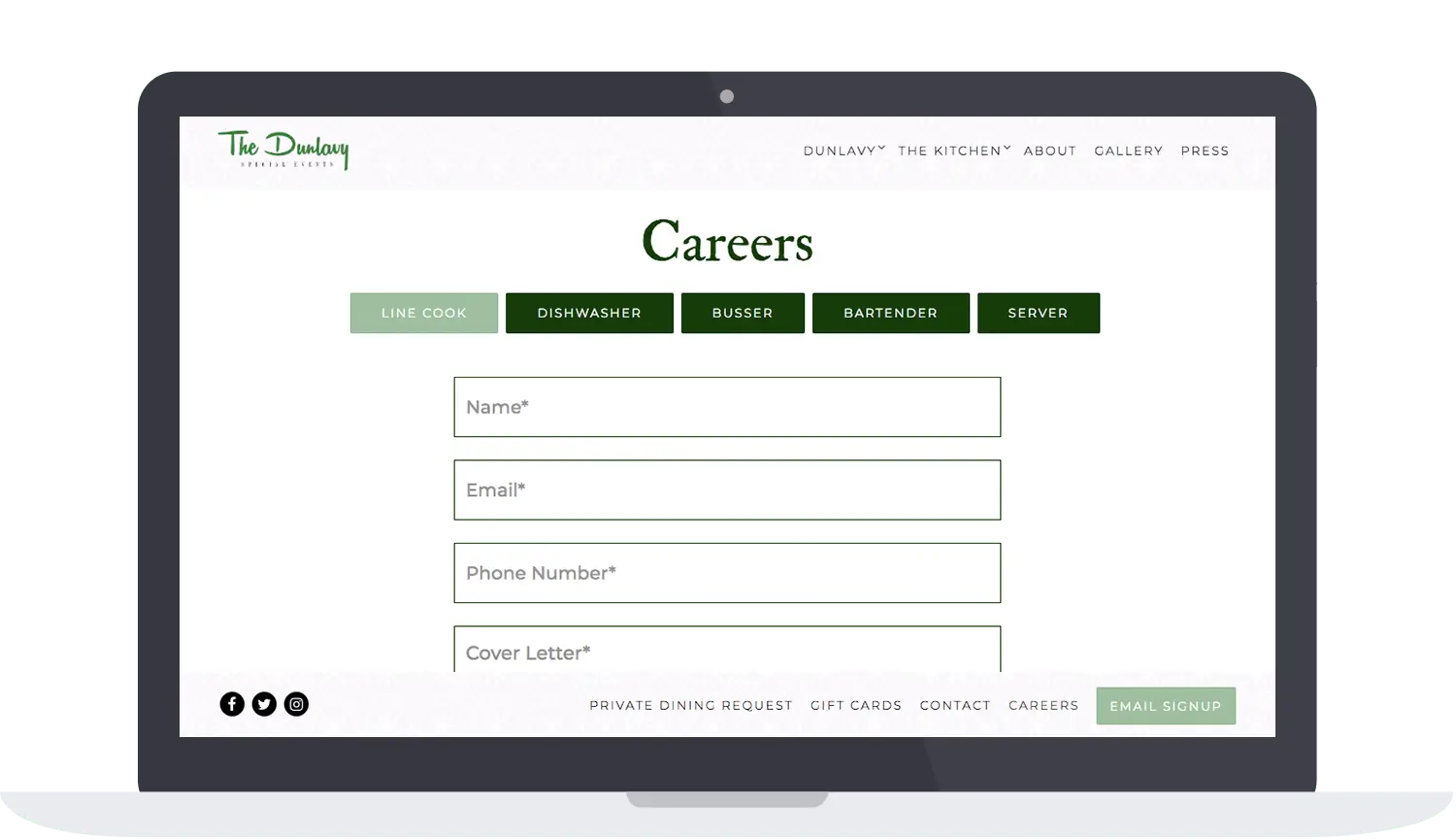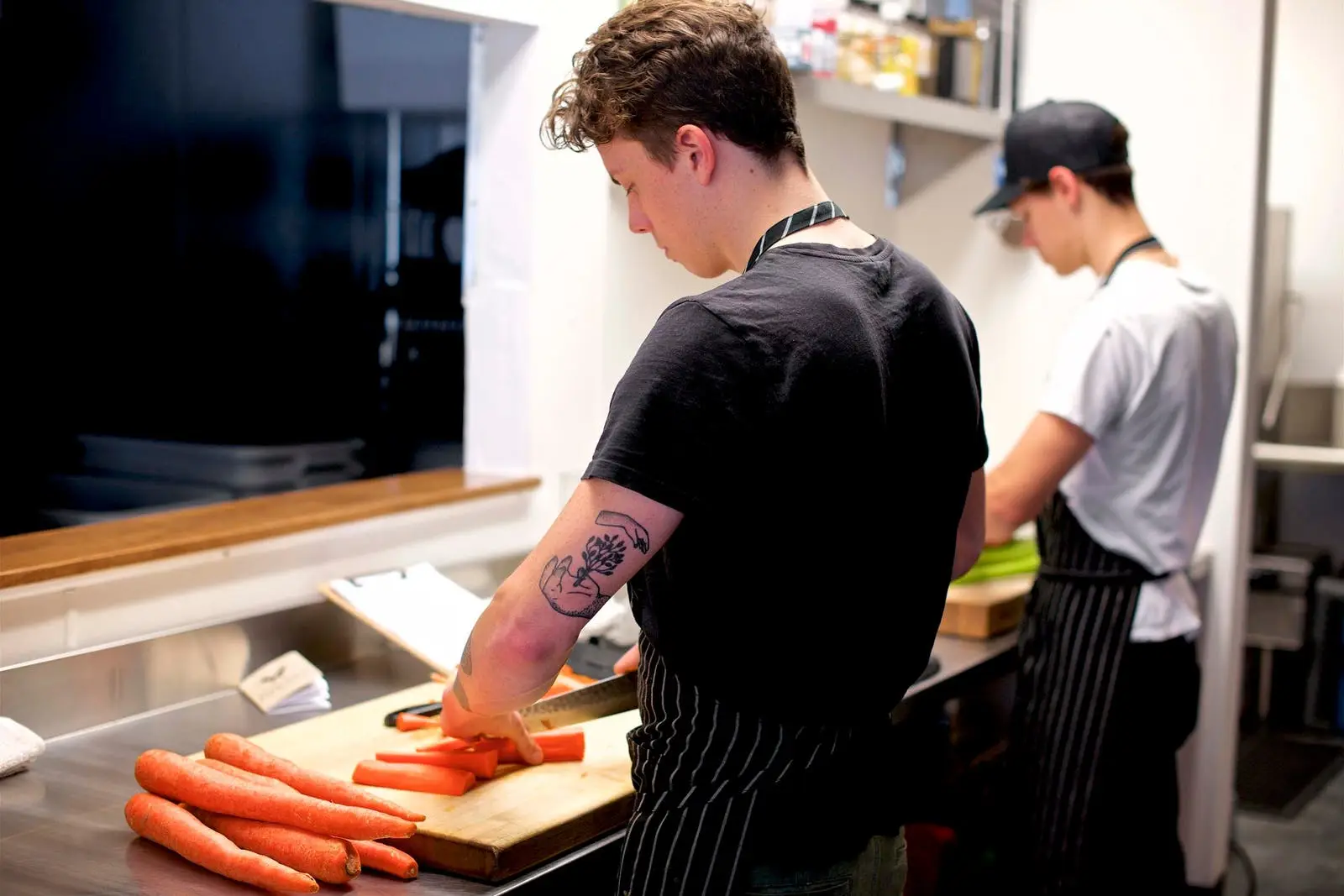Staffing
Essential Restaurant Hiring Tips
January 22, 2019
How to find and retain top talent
This post is a contribution from Jack Hott, Product Manager at Poached Jobs.
One of the biggest challenges for restaurant owners is finding and retaining staff, particularly in the kitchen. With low unemployment and high demand for skilled restaurant labor, it’s increasingly difficult to recruit new workers. Looking ahead, experts predict that finding staff is only going to become more difficult.
However, there are still plenty of talented people swimming in the restaurant labor pool. The trick is how to best recruit, hire and retain employees in a competitive market for workers, and we’ve got some tips to help your restaurant do just that.
Recruiting
Back in the day, an operator put up a Help Wanted sign and that was the end of it. Today, staffing a restaurant requires a more proactive approach. One strategy is to reach out to culinary schools and community colleges with culinary programs. Most schools sponsor job fairs and events for their students who are about to graduate, or who are looking for part-time work to help fund their studies.

Another recruiting tool is to post open positions to your restaurant website. Think of the listing on your website as a virtual Help Wanted sign. While much of your website’s traffic comes from potential customers, potential employees are checking you out as well. Posting on outside job platforms is another way to increase the number of eyes seeing your open positions. For example, Poached Jobs sees 500K monthly visits to its jobs board.
Hiring
Posting a job is only the start of the process. Now you’ll need to review applications and schedule interviews so you can make a hire. Each step has its own challenges.
The best way to review applications is to use an Applicant Tracking System, or ATS. An ATS allows you to store all of your incoming applications, make notes, rate and share candidates with colleagues. Ideally, you use a hiring platform that includes an ATS so you can review your applicants all in one system, but there are also standalone options like Taleo, UltiPro or Homebase. Either way, with an ATS you’ll have all of your information in one place, making organizing for the hiring process and picking out the best candidates much faster.
Once you’ve selected your candidates, it’s time to schedule the interviews. To curb the effects of any no call / no show candidates, extend interviews to multiple applicants, especially ones who may have less experience but show a true passion for the work.
After the interviews have been scheduled, make sure to confirm them with a follow-up call or email. Let candidates know what to expect and if they need to bring any additional paperwork or tools. For example, if you conduct a working interview, let the candidate know if they need their own knives, aprons or anything else. Do what you can to make the interview itself a pleasant experience – even if the candidate takes another job, leave them with a good impression just in case they apply for a different position in the future.
Once you identify who you want to hire, don’t wait to let them know. Reach out as quickly as possible. Remember, they may be entertaining other offers.
Retaining
Now that you’ve recruited and hired your staff, you need to focus on keeping them. According to 7 Shifts, a scheduling platform, the average restaurant worker stays with a job for only 56 days. While that seems surprisingly short, it does show that restaurant workers are very willing to move from job to job, looking for the best possible fit.
Culture is key when it comes to retaining workers. While compensation and perks are important, it's equally important to create a respectful environment that supports career development. Try holding regular staff meetings, listening to needs, and offering food, wine, or language skills training. Also, a key strategy is promoting within your organization. Essentially, if you invest in your staff, you are giving them the motivation to invest in you and your business.

Offering ongoing education like food and knife skills to your staff is a great way to increase retention.
As for that 56 days statistic, that’s only one data point. Just like you track food and labor costs, you should know how long your workers stay. Go through your records to see what your average employee ‘lifespan’ is – then see if you can improve it.
A smart restaurant labor strategy can be the difference between success and failure for your business. Understaffing can often put extra strain on a shift, as it leads to poor service and slow food (and then to less than stellar reviews). By focusing on each step of the staffing process – recruiting, hiring and retaining employees – you can ensure your business is prepared for success.
Poached Jobs is the #1 jobs site for the Food and Drink Industry. Industry professionals across the country turn to Poached Jobs when looking to make their next hire. To learn more visit poachedjobs.com
Recommended

Operations
Four Essential Reports You Can Run from Your Restaurant POS
December 27, 2018
The top data and analytics to be pulling from your point of sale.

Marketing
Secrets Of Restaurant Branding
September 20, 2016
How to make a lasting restaurant brand with the pros at LMNOP Creative.


